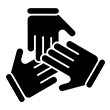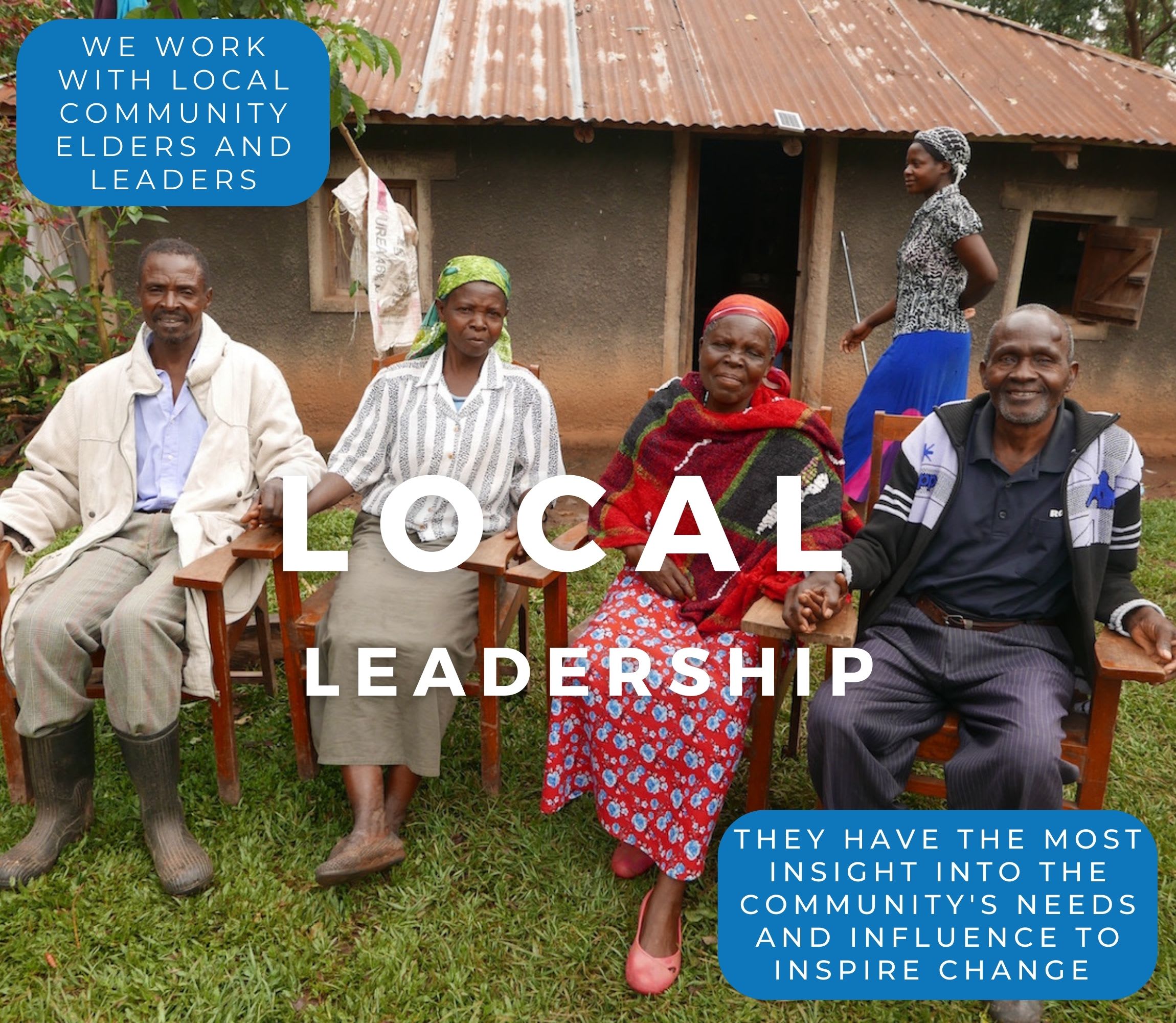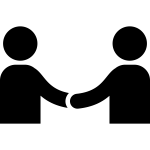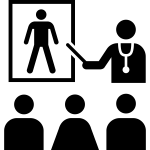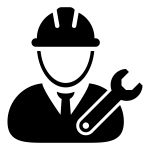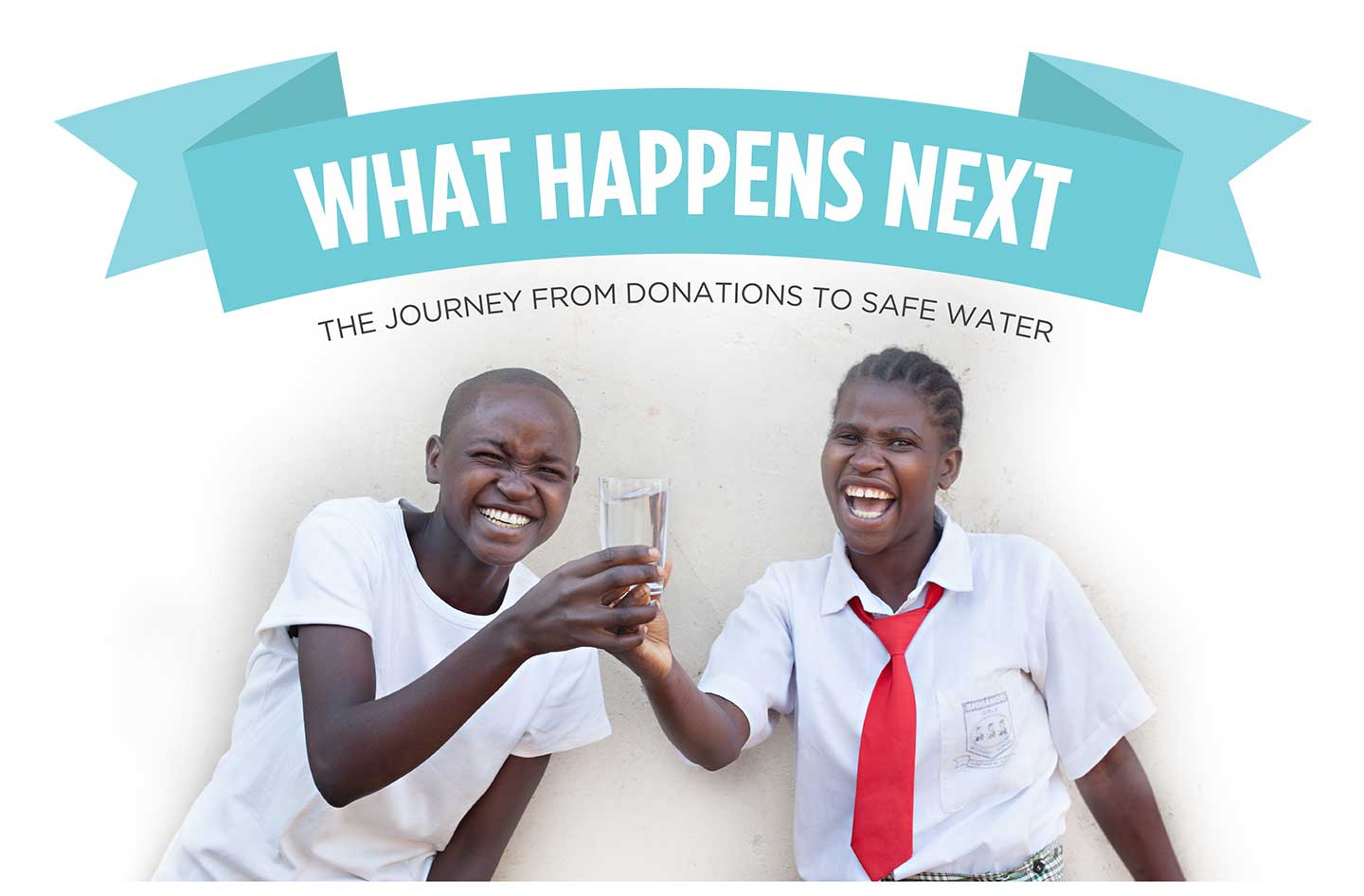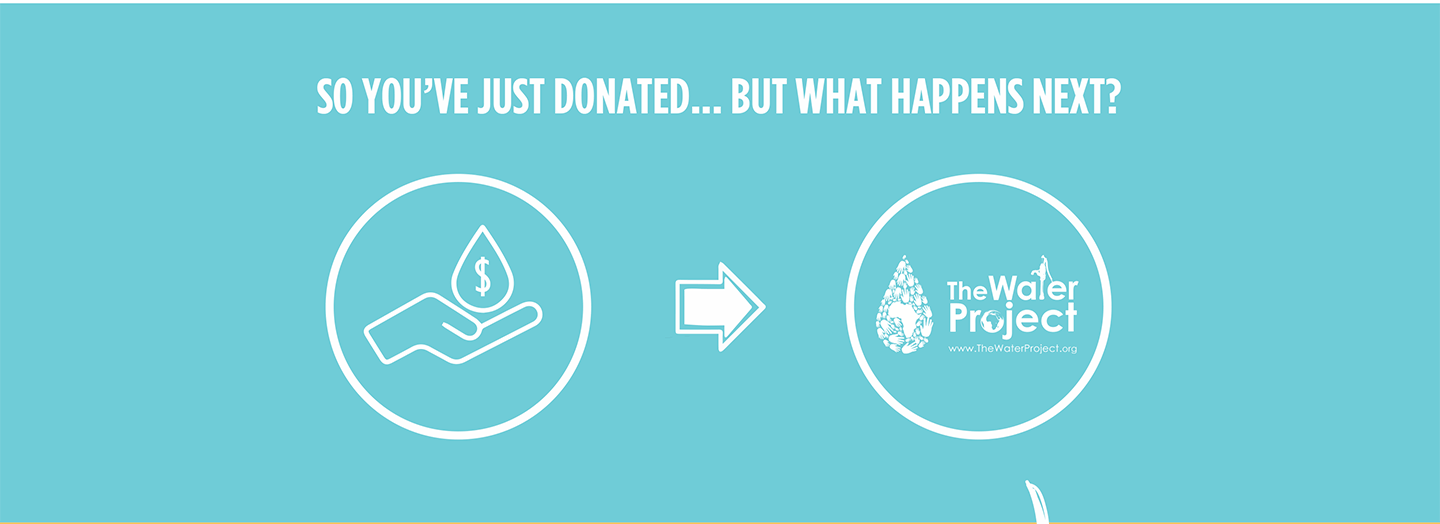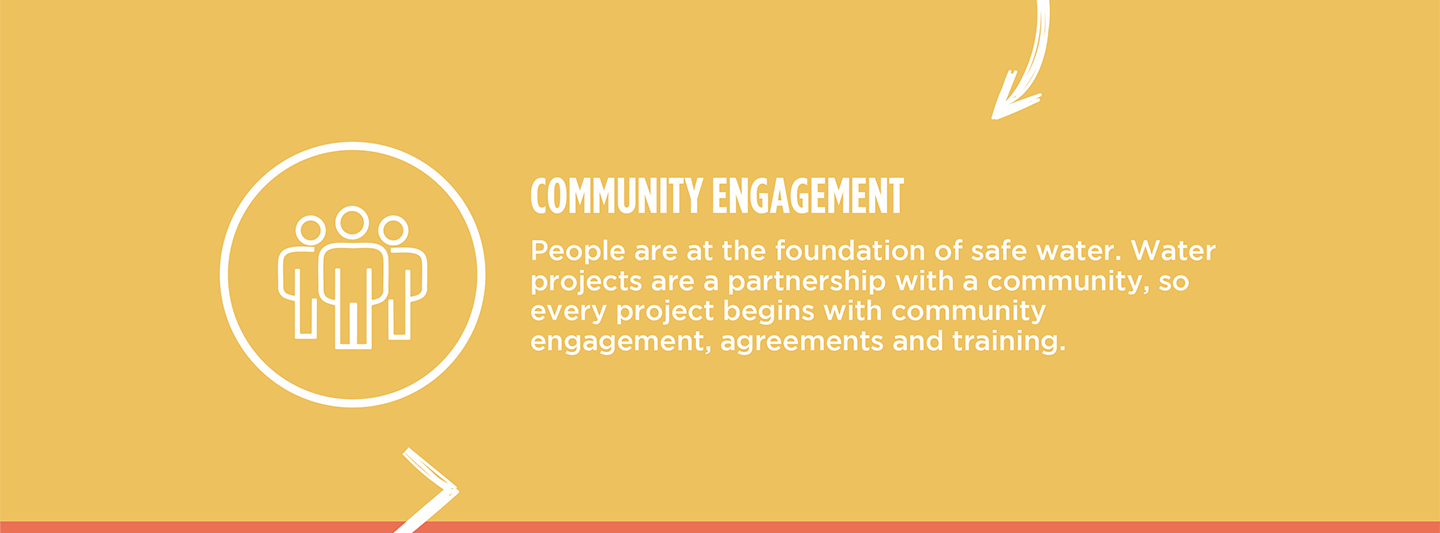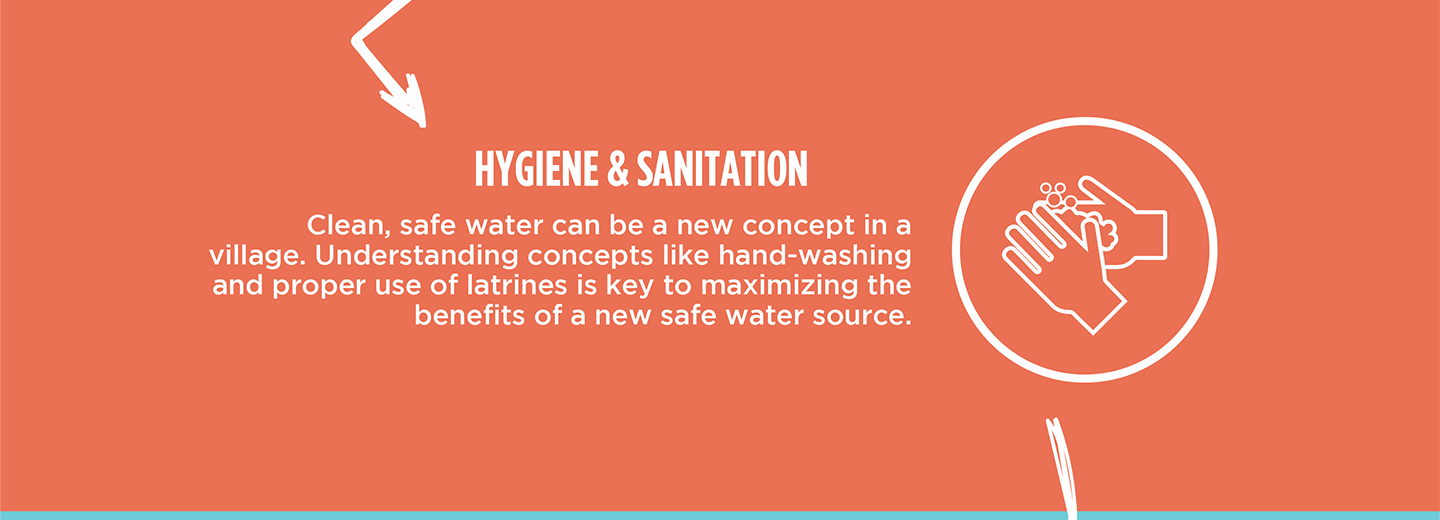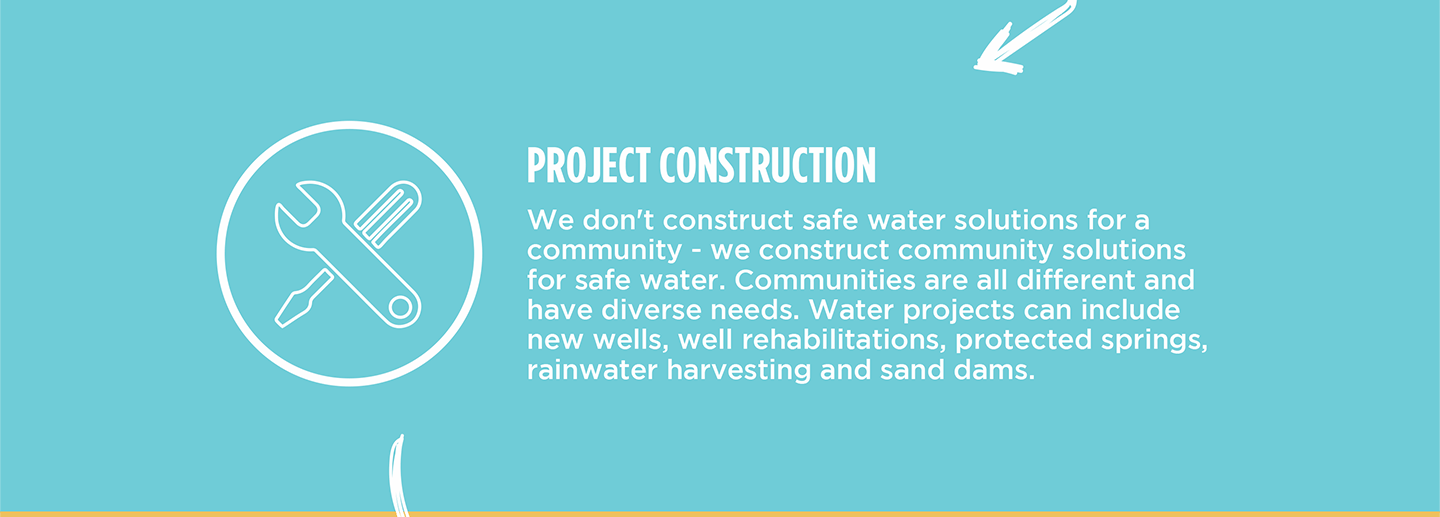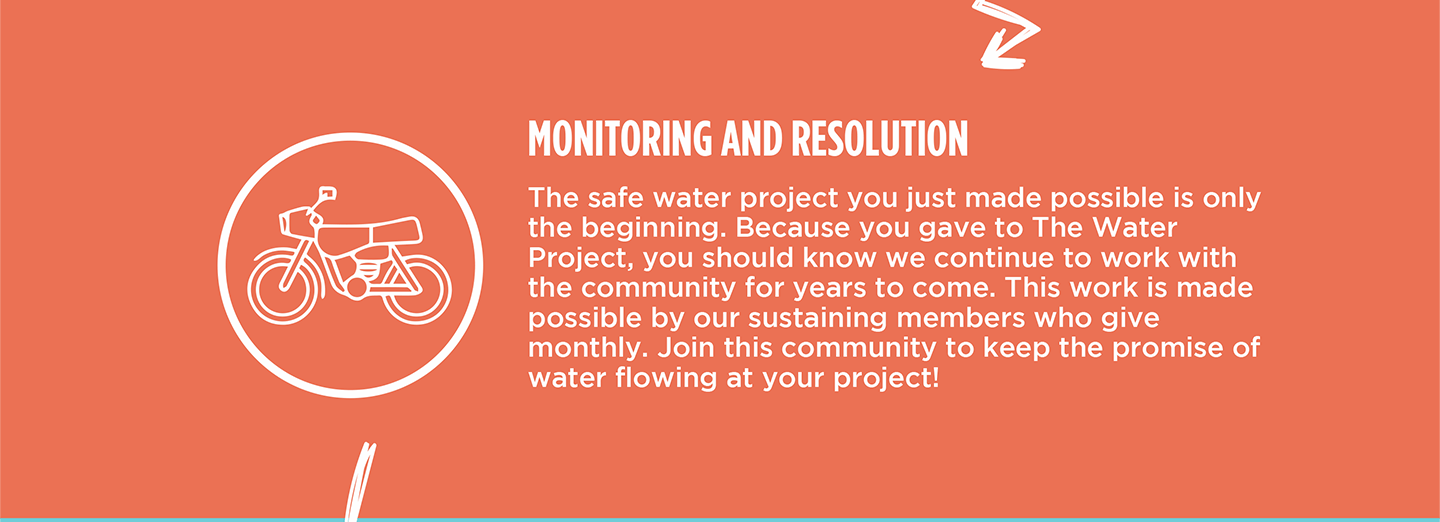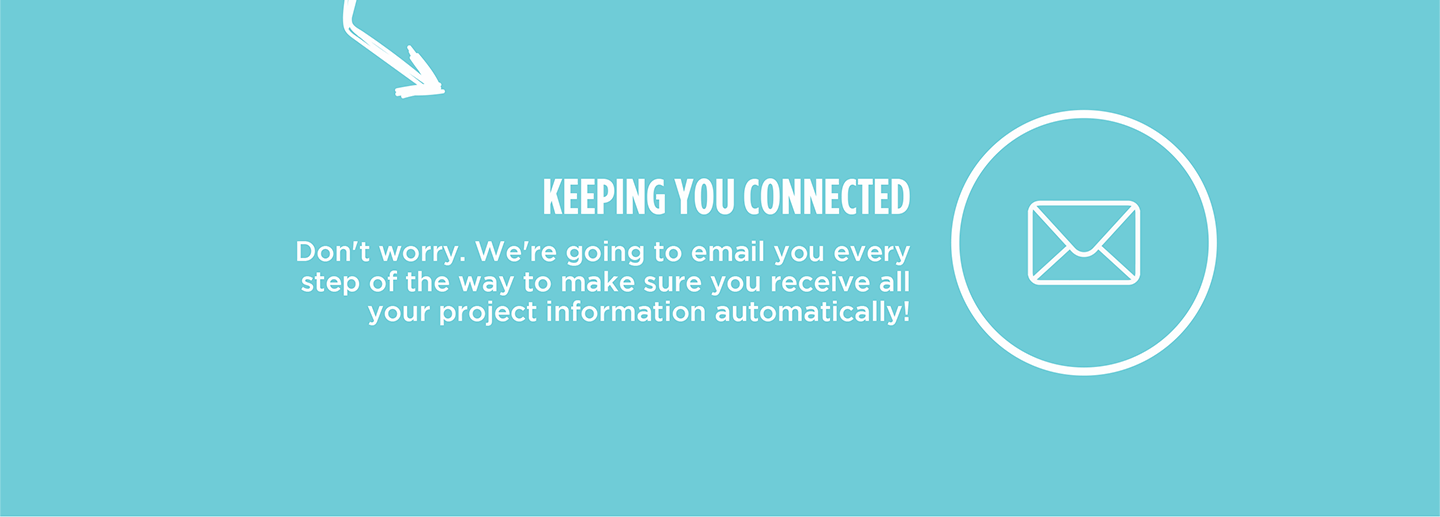The 147 people of Rogbom Kakalay Community struggle to access sufficient water. Their only water source is a swamp, which endangers their health and lives every time they use it.
When the community members need to collect water, which is a daily task, they must travel to a swamp filled with snakes and other poisonous creatures. The water they collect is precisely what you would picture from a swamp. Filled with animal waste and other contaminants, sure to make them ill.

Field Officer Phillip James Allieu shared the state of affairs in Rogbom Kakalay. "Every morning during the dry season, the water users of this community will not rest until they fetch a little amount of water to their houses. When the water is filthy, they sometimes have no option but to fetch it from the swamp and filter it before drinking. The school-going children in this community walk about three miles to Kathoma Village to attend school. Their parents wake them up from sleep every morning to fetch water from the swamp before they can prepare to leave the community to attend school."
15-year-old Isatu K., seen below, knows the struggle well. She shared, "I need to rush to fetch clean water from the swamp early in the morning. The water would be filthy if I were late to fetch water. Everyone in this village rushes to fetch water from the swamp in the morning. It's not easy for me to fetch water [and] do other activities before going to school. I walk every day to attend school in Kathoma Village; it is a far distance."

"My weekend is always busy with work to do. It is during the weekend that I must make sure that enough [water] is available at my house. I also go to the farm to join my parents working. It's not good to fetch drinking water from the swamp because there are particles on the surface of the water. I am not happy to fetch water from the swamp," she continued.
Farmer Mariatu Kanu, 23, seen below, faces the challenge of obtaining enough water and still having time to tend her farm. Mariatu said, "I struggle to fetch water to do my daily activities. There is only one water well (pool of water) at the swamp where I fetch water. The swamp water well cannot provide enough water for everyone at the same time during the dry season. Everyone in this village rushes to fetch water from the swamp early [in the] morning. If I could not fetch water early, the water would be filthy before I get to the swamp to fetch water."

The only other option this community has is to collect rainwater; however, during the dry season, that is impossible. The Rogbom Kakalay Community is faced with an almost hopeless challenge. Installing a new well will be the first step towards improving their lives.
Installing the well will enable adults like Mariatu to focus on her farm and other life-improving tasks and children like Isatu to quickly and easily collect water before they make their trek to school. This will allow them to focus more on their education and create a better future for their community.
The Proposed Solution, Determined Together...
At The Water Project, everyone has a part in conversations and solutions. We operate in transparency, believing it benefits everyone. We expect reliability from one another as well as our water solutions. Everyone involved makes this possible through hard work and dedication.
In a joint discovery process, community members determine their most advantageous water solution alongside our technical experts. Read more specifics about this solution on the What We're Building tab of this project page. Then, community members lend their support by collecting needed construction materials (sometimes for months ahead of time!), providing labor alongside our artisans, sheltering and feeding the builders, and supplying additional resources.
Water Access for Everyone
This water project is one piece in a large puzzle. In Kenya, Sierra Leone, and Uganda, we're working toward complete coverage of reliable, maintained water sources that guarantee public access now and in the future within a 30-minute round trip for each community, household, school, and health center. One day, we hope to report that this has been achieved!
Training on Health, Hygiene & More
With the community's input, we've identified topics where training will increase positive health outcomes at personal, household, and community levels. We'll coordinate with them to find the best training date. Some examples of what we train communities on are:
- Improved hygiene, health, and sanitation habits
- Safe water handling, storage & treatment
- Disease prevention and proper handwashing
- Income-generation
- Community leadership, governance, & election of a water committee
- Operation and maintenance of the water point
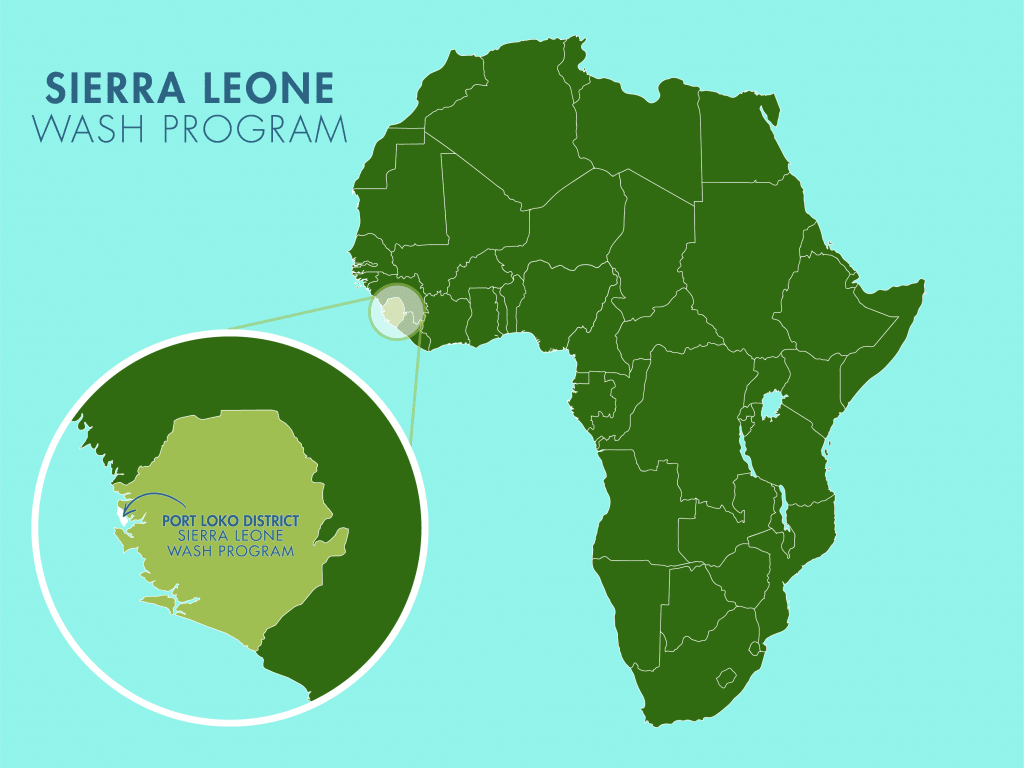
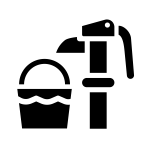 Borehole Well and Hand Pump
Borehole Well and Hand Pump
 Rehabilitation Project
Rehabilitation Project
